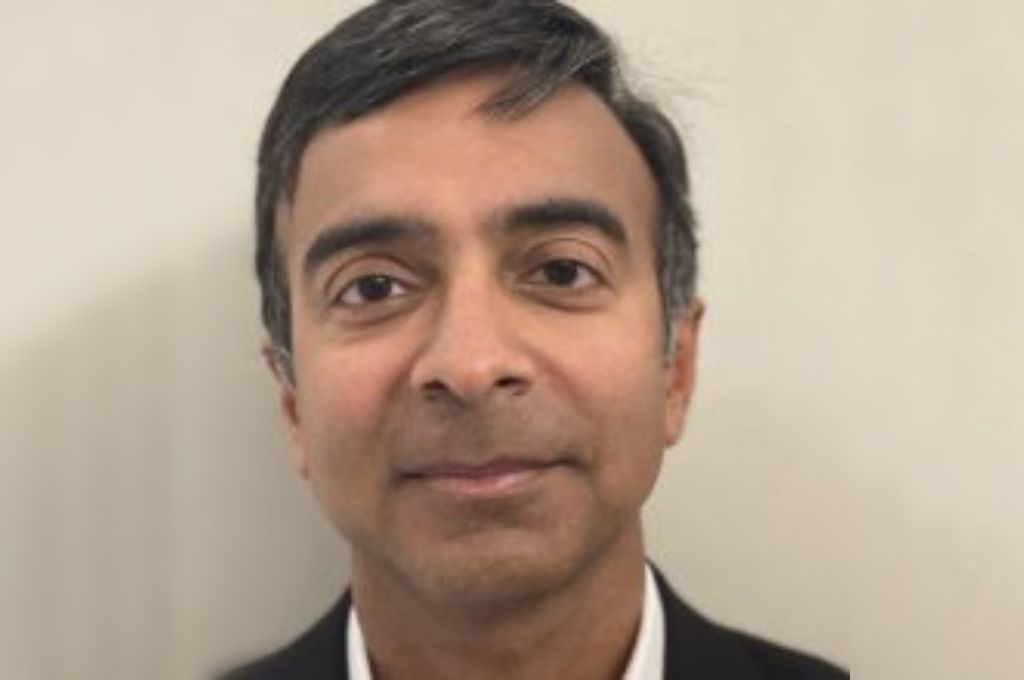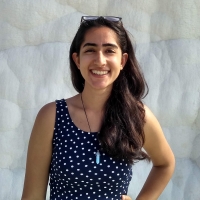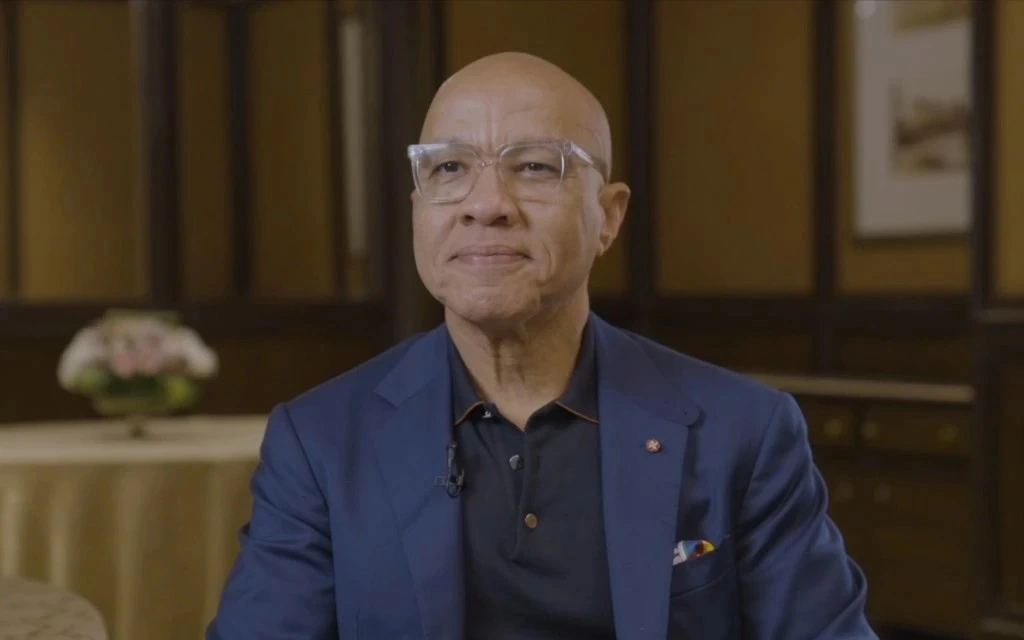Vikrant Bhargava is the founder and trustee of Veddis Foundation. He was previously the co-founder and marketing director of PartyGaming Plc, where he spearheaded the company’s growth from a start-up in 2000 to an FTSE 100 business at its IPO in 2005. After stepping down from PartyGaming, Vikrant has been an investor and mentor to technology start-ups. He is also an active philanthropist and supports a number of high-impact initiatives in the UK and India.
In 2012, he incubated and supported the development of LetzChange, one of India’s first retail giving platforms, which later merged with GiveIndia to become the country’s largest giving platform. Vikrant is also the chairman of Founders Pledge, an organisation that encourages entrepreneurs to pledge a portion of their exit proceeds to philanthropy.
In this interview with IDR, Vikrant talks about the need for evidence-led giving, why philanthropy must work in tandem with governments, and how the ecosystem needs to change if we want people to give more.

Compared to many of your peers, your philanthropic journey started relatively early on, in your early thirties. Could you tell us a bit about what the early days were like and how it influenced your thinking?
You may say it was early, but one of the regrets I have is that I started working on my philanthropy much later than I started thinking about it. I grew up in a family where my father would always help anyone who came to him, even when he was not financially secure. And so the idea of giving was very much a part of my life from very early on. By the time I left school, I knew I wanted to do something to fix the problems around me, but didn’t know how I could have an impact on the scale that was required. For a brief period of time, I toyed with the idea of becoming an IAS officer or joining the public development sector, but I felt that neither was compatible with my desire to be financially secure and be able to effect change at scale.
Fast-forward a few years, I went into the business world and I was fortunate to make a fair amount of money at a fairly young age. After I exited PartyGaming, I realised that I had the time, money, and ability to do something impactful, but I didn’t know how. At the time I was living in Gibraltar, but once a year I would come to India and meet people running large nonprofits to understand more about the space. These conversations opened my eyes to the fact that organisations spent significant sums of money on fundraising—which sometimes reached 50 to 60 percent of their total budgets. At that moment, I realised that India desperately needed a tech platform to help nonprofits raise money from individual donors.
Around that time, I had also come across JustGiving, a global fundraising platform, which became the inspiration for LetzChange. We wanted nonprofits—who on their own did not have the ability to hire good fundraisers—to be able to tap into their existing employees and supporters and leverage their social networks to go out and help raise money. And so LetzChange was launched in early 2014 and we ran it independently till 2018, when it merged with GiveIndia.
And how did this shape your approach to philanthropy?
A pivotal moment that sharpened my thinking was reading the book Doing Good Better by Oxford academic William MacAskill, who was one of the early proponents of the effective altruism movement. While I don’t fully subscribe to the direction the movement has taken now, at its core, effective altruism is about making the best use of money by maximising impact with every dollar you give. For instance, if you want to improve learning outcomes in an area, it might be cheaper and more impactful to provide deworming medication to students, which will improve attendance, rather than building a new school building.
The way I thought about giving is twofold: retail and wholesale. Our investments in LetzChange helped build an effective retail giving ecosystem. But wholesale giving, by which I mean direct, large-ticket funding to nonprofits doing impactful work, was something I was still trying to learn more about and figure out.
In the philanthropic world, storytelling often trumps hard numbers.
And what I was seeing was that the wholesale giving space was entirely driven by storytelling. And don’t get me wrong, storytelling is important in the world; it’s the reason we’re alive and why we live the way we do. But in the philanthropic world, storytelling often trumps hard numbers. I would often come across large organisations with very good reputations just because of how they tell their stories. I always understand things better with numbers as opposed to purely through stories. And so what we’re trying to do on the wholesale giving front with the Veddis Foundation is actually trying to have a quantifiable impact through the organisations we support. Of course not everything will always be quantifiable, but our focus is on writing larger cheques to fewer organisations while trying to have the maximum impact.

Your foundation has worked with state governments in Rajasthan and Haryana. Where does the idea of partnering with the government fit into philanthropy?
Early on in our work I don’t think working with the government was even on our radar, but our experience over a period of time has taken us to a place which is very different to what I had envisaged. In 2013, we wanted to take a more hands-on approach to generating evidence and understanding what worked and what didn’t, and so we partnered with SPECTRA, a grassroots organisation working in Rata Khurd, a socio-economically disadvantaged village in Alwar district, Rajasthan. Together we experimented with a variety of initiatives to create and improve livelihoods holistically, from providing loans to technical support on what to grow and where to sell their goods. And what we saw there was that the annual income increase of the households was a multiple of what we had spent, on a sustained basis.
With our proof of concept ready, the next step that was suggested to me was to take the project to another state—Madhya Pradesh, Uttar Pradesh, Chhattisgarh—and scale it up to 15,000 households. As an early-stage investor, this didn’t make sense to me. If we’ve invested in building a prototype of what works in one state, the focus should be on leveraging it and scaling it up in the same state—not investing in seeing what works and what doesn’t in the context of another state. And so we partnered with Rajeevika, the Rajasthan government’s rural livelihoods mission, to scale the work across the state.
At the time Rajeevika also had a multimillion dollar grant from the World Bank, in addition to its own budgets, to spend on improving livelihoods. Our investments in comparison were extremely small. But I realised that the leverage we could get on our money was massive. And that led me to actively consider working with the government. As philanthropists, even if our money can help the government improve the efficiency of their spending by a marginal percentage, the impact we can have is far greater than setting up our own schools or funding hospitals directly, which is why as a foundation we now focus on improving governance.
No individual foundation will ever have the resources needed to fix problems in a country as large as India.
If you can help improve the quality of policy formulation, help policymakers improve the quality of their decisions, or work on improving the implementation of government schemes, you’re maximising the good you can do with your money. It’s the only way we can really solve problems at scale—no individual foundation will ever have the resources needed to fix problems in a country as large as India.
Looking back on your giving journey, what are some of the factors that you think would encourage more wealthy people to give both early and generously?
There are a lot of people who want to give and care about social issues, and the goal should be to make it easier for them to give. I would say that having more organisations like Founders Pledge, an organisation I chair in the UK, would be helpful. The idea behind it is simple: Every entrepreneur who signs up makes a binding pledge to donate a percentage of their proceeds when they exit their business. By making it an automatic action—they have to give away the money when they get bought out or sell their shares or go IPO—it pushes them to start giving much earlier than they would have on their own. More importantly, it helps individuals give more impactfully. Founders Pledge has an advisory team that works with each of the entrepreneurs to support them on their philanthropic journey. Given the size of India’s start-up ecosystem, I see a huge potential in India for this model of giving. We’re seeing loose networks being formed around the idea, and I hope that trend accelerates.
Networks where people learn from each other, cooperate, and brainstorm together would also be good for the ecosystem.
Networks where people learn from each other, cooperate, and brainstorm together would also be good for the ecosystem, because we’ve often seen people have a very fixed idea of what they want to do or how they want to do things. But that may not be the most effective use of capital. So hearing from others on alternative approaches to giving that are perhaps more impactful is something that I see can unlock philanthropic capital.
Regulatory changes that incentivise giving can be a big boost to the sector as a whole. We have seen how the 2 percent CSR mandate has had a huge impact on the quantum of money in the sector in India. In the UK, for example, a company can claim a full tax deduction on any amount it gives to charity. That is a huge incentive. Not only does this lower the cost of donations, it can also move money faster. Perhaps there could be more such targeted incentives created in partnership with the ecosystem to increase the quantum of resources coming into the social sector.
—
Know more
- Read this study on bringing foundations and governments closer in India.
- Use this interactive microsite to learn more about the ease of doing good in India.
- Read this profile of William MacAskill and the effective philanthropy movement.
- Read this article about how understanding behaviours of everyday givers can be crucial for nonprofits.






